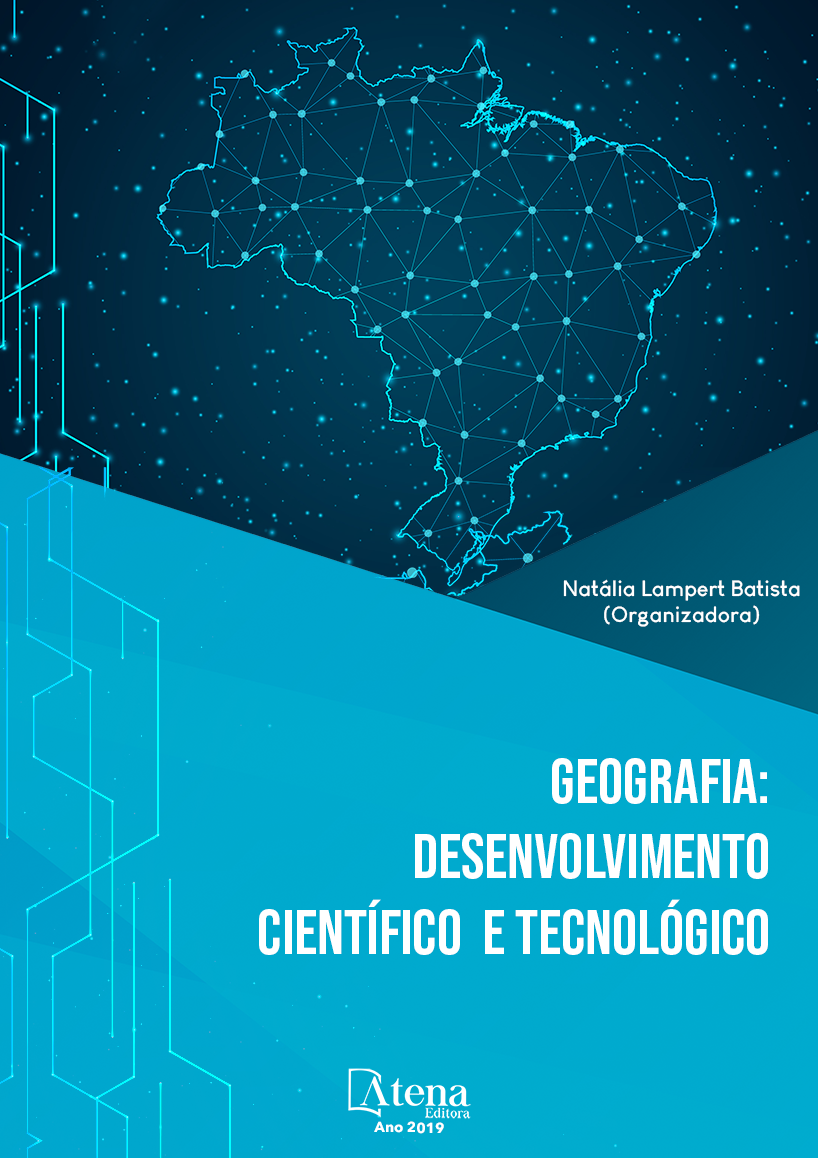
ANÁLISE DOS CONDICIONANTES DE DISTRIBUIÇÃO ESPACIAL DE PRODUTORES DE FRUTAS, LEGUMES E VERDURAS NA REGIÃO CENTRAL DO RIO GRANDE DO SUL
Este trabalho origina-se de um
conjunto de ações desenvolvidas a partir de
julho de 2014, quando professores do Colégio
Politécnico da UFSM e profissionais da EMATERRS iniciaram um amplo estudo sobre a produção
e consumo de frutas, legumes e verduras (FLV)
em 35 municípios da região central do Rio
Grande do Sul (RS). Nessa região, a produção
e consumo de FLV desenvolve-se assumindo
alguns padrões de distribuição espacial, que
têm relação com fatores físico-geográficos e
socioeconômicos. O trabalho objetivou analisar
de forma qualitativa e quantitativa esses fatores,
tidos como condicionantes da distribuição de
produtores de FLV, a partir de uma abordagem
de análise geoespacial, por meio da álgebra
de mapas. Para isso, a metodologia partiu do
georreferenciamento de 1091 propriedades e
considerou como fatores de influência de sua
dispersão espacial: a topografia (declividade e
altitude); o uso da terra; o sistema rodoviário e
a polarização de mercados em áreas urbanas.
As propriedades foram segmentadas por
atividade (fruticultura, olericultura ou ambas).
Os resultados das análises geoespaciais
demonstraram haver uma predominância de
olericultores nas proximidades das cidades e
de fruticultores em áreas mais distantes dessas,
onde o relevo é mais declivoso e o uso do solo
predominante é mais diversificado.
ANÁLISE DOS CONDICIONANTES DE DISTRIBUIÇÃO ESPACIAL DE PRODUTORES DE FRUTAS, LEGUMES E VERDURAS NA REGIÃO CENTRAL DO RIO GRANDE DO SUL
-
DOI: 10.22533/at.ed.8941918073
-
Palavras-chave: Relação ProduçãoConsumo; Relação Rural-Urbano; Georreferenciamento.
-
Keywords: Production-Consumption; Rural-Urban Relations; Georeferencing.
-
Abstract:
This work originates from a set
of actions developed from July 2014, when
professors from the UFSM Polytechnic College
and EMATER-RS professionals began a broad
study on the production and consumption of fruits and vegetables (FLV) in 35 municipalities in the central region of Rio Grande
do Sul (RS). In this region, the production and consumption of FLV is developed
assuming some spatial distribution patterns, which are related to physical-geographic
and socioeconomic factors. The objective of this work was to analyze qualitatively and
quantitatively these factors, considered as conditioning factors of the distribution of
FLV producers, from a geospatial analysis approach, through map algebra. For this,
the methodology was based on the georeferencing of 1091 properties and considered
as influence factors of its spatial dispersion: topography (slope and altitude); land use;
the road system and the polarization of markets in urban areas. The properties were
segmented by activity (fruit growing, olericultura or both). The results of the geospatial
analyzes showed that there is a predominance of olericultores in the proximities of
the cities and of fruit growers in more distant areas of these, where the relief is more
sloping and the predominant soil use is more diversified.
-
Número de páginas: 15
- Alessandro Carvalho Miola
- Ricardo Vieira da Silva
- Vitor Hugo de Almeida Junior
- Andressa Garcia Fontana


